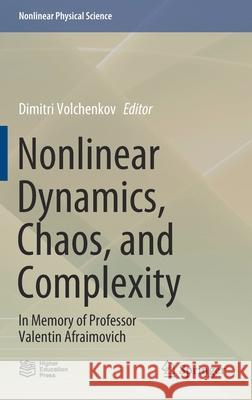Nonlinear Dynamics, Chaos, and Complexity: In Memory of Professor Valentin Afraimovich » książka
topmenu
Nonlinear Dynamics, Chaos, and Complexity: In Memory of Professor Valentin Afraimovich
ISBN-13: 9789811590337 / Angielski / Twarda / 2020 / 198 str.
Nonlinear Dynamics, Chaos, and Complexity: In Memory of Professor Valentin Afraimovich
ISBN-13: 9789811590337 / Angielski / Twarda / 2020 / 198 str.
cena 342,14
(netto: 325,85 VAT: 5%)
Najniższa cena z 30 dni: 327,68
(netto: 325,85 VAT: 5%)
Najniższa cena z 30 dni: 327,68
Termin realizacji zamówienia:
ok. 22 dni roboczych
Dostawa w 2026 r.
ok. 22 dni roboczych
Dostawa w 2026 r.
Darmowa dostawa!
Kategorie:
Kategorie BISAC:
Wydawca:
Springer
Seria wydawnicza:
Język:
Angielski
ISBN-13:
9789811590337
Rok wydania:
2020
Wydanie:
2021
Numer serii:
000380885
Ilość stron:
198
Waga:
0.46 kg
Wymiary:
23.39 x 15.6 x 1.27
Oprawa:
Twarda
Wolumenów:
01
Dodatkowe informacje:
Wydanie ilustrowane











